The method of industrial housing production using permanent formwork technology, based on the remaining panels after completing all construction operations, is stable. Cement panels with a thickness of 34 millimeters are used on both sides of the panel. The panels are cut to the desired dimensions in the factory and connected to each other. After that, reinforcement bars are placed within the panels according to structural calculations. In the next step, two cement panels are connected to each other using metal clips through a pressing process

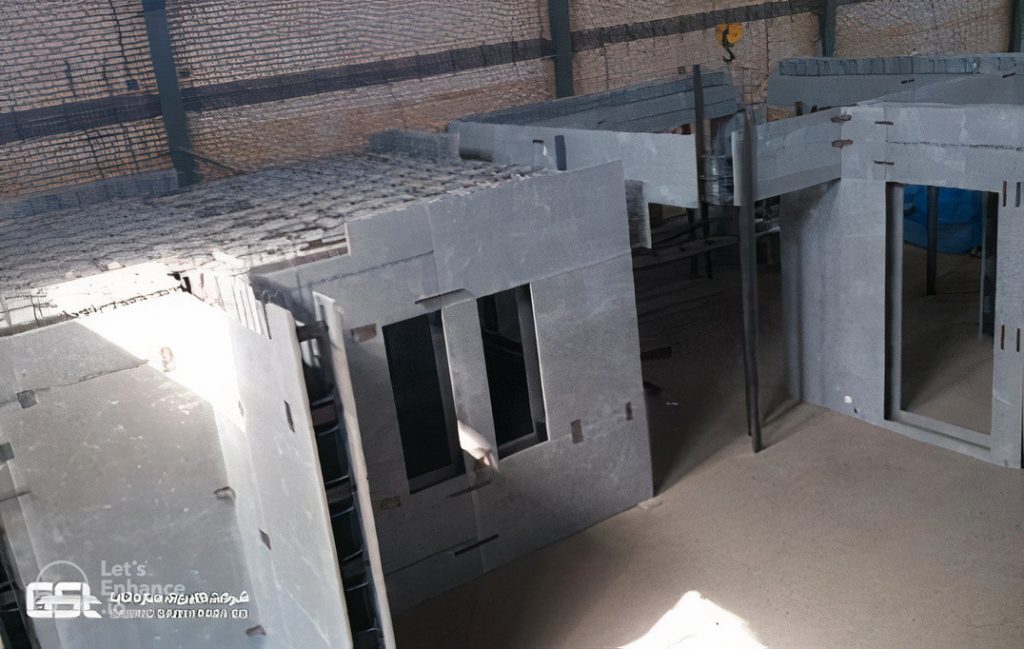
The walls and ceiling function like a composite shell, as they are assembled together and simultaneously concrete is poured to achieve the desired stability and strength. The double-sided cement panels will remain as the final external and internal surfaces, requiring minimal preparation for delicate finishing work due to their smooth surface. This system is used for producing walls, ceilings, stairs, and other building components. Using this method, the advantages of concrete structures, including high resistance to compression, tension, and dynamic loads, will also be achieved.
Design :
Industrialization using the permanent formwork method is a process that includes complete design, factory fabrication, and on-site project implementation.
The provided services encompass design, fabrication of all components using concrete panels, reinforcement, connecting it to cement panels, electrical and utility piping installation. The execution of this structure can be done on the foundation or the lower-level floor.
The design team provides an extensive panel layout drawing and its guide for panel production in the assembly line. Roof design with specific details to achieve concrete’s desired strength within 3 to 4 days after pouring the concrete is prioritized. For the construction of building floors, this timing is crucial and is determined through repeated tests.
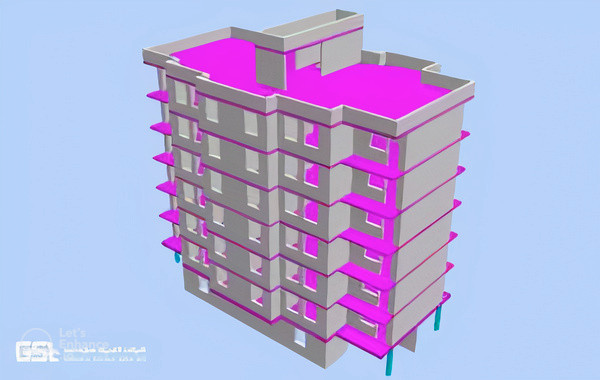

Short Construction Time:
By utilizing this method, a significantly reduced amount of time is required for installing panels on the project site. The quick and straightforward assembly of panels, elimination of formwork removal after concrete pouring, no need for additional preparation for finishing operations (especially plastering) and the time required for its drying, lead to a reduction in construction time by approximately 50% compared to traditional methods. Furthermore, finishing operations can commence immediately upon concrete drying. The assembly time for one floor with an area of around 500 square meters using panels and five workers will take approximately 10 days.
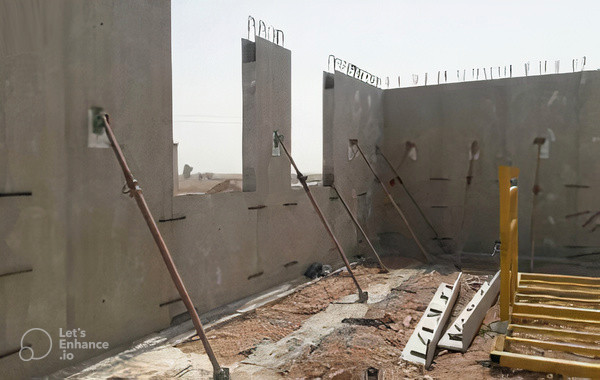

High Quality:
The quality of installation and precision is measured in millimeters with this method. Before starting painting or wallpaper installation, minimum required preparation operations take place, and exterior walls require a minimum amount of materials for insulation
Flexibility in Panel Sizes and Production at Large Dimensions:
Using this method, manufacturing panels in specific sizes for each project and reducing the number of columns based on panel dimensions is achievable.


Possibility of On-Site Modifications:
If the client requests changes during installation, these can be accommodated before concrete pouring by moving the panels.
Minimal Space Requirement at the Project Site:
The advantages of this method in urban and densely populated areas include the need for very little space on the project site. Storage is minimal due to the simultaneous use of panels after transportation and installation in the desired locations.
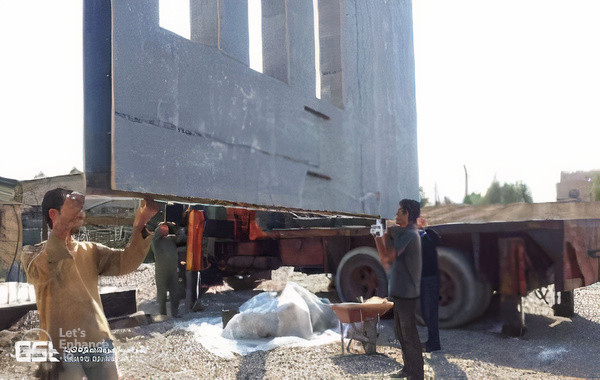

Utilizing the Benefits of Cement Panels:
Cement panels serve as a protective cover for concrete curing in winter and its rapid drying in summer, similar to preventing freezing of concrete. The reduction in installation time, particularly during winter, leads to decreased construction costs
Earthquake Resistance:
Due to the integral operation of the entire structure after concrete pouring, this construction method is highly suitable for earthquake-prone areas.
Low Transport and Installation Costs:
Due to the lightweight nature and hollowness of the panels, it’s possible to use transportation vehicles with lower capacities for carrying them from the factory to the project site. Similarly, lighter cranes can be employed for their installation. This results in reduced construction costs.
Reduction in Construction Waste:
The project site’s cleanliness is minimized from construction waste, and the associated costs in this regard approach zero
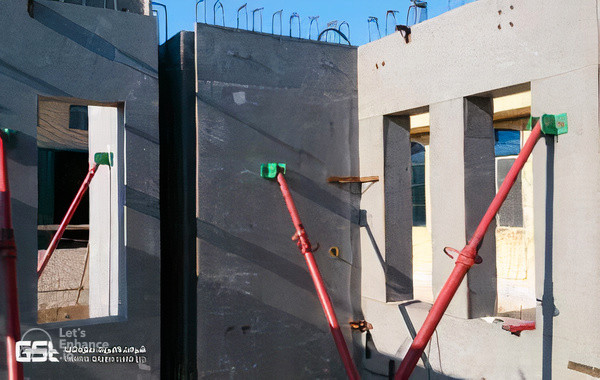

Reduction in Weather-Related Delays:
Approximately 60% of the construction operations take place in a controlled and enclosed factory space. Only panel installation and concrete pouring occur at the project site. As a result, delays caused by adverse weather conditions are minimized.
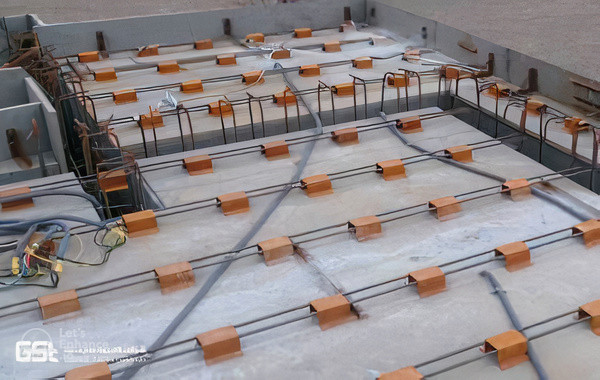
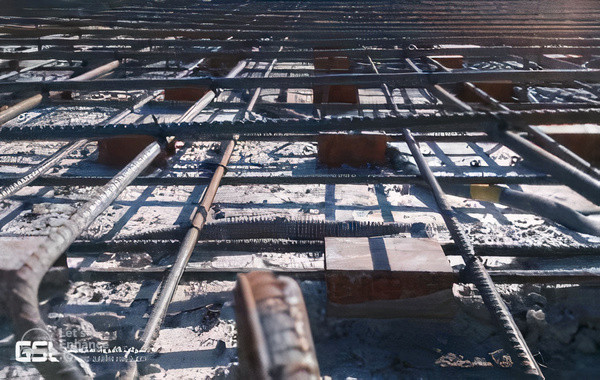
All of the aforementioned advantages ultimately lead to a reduction in construction costs and a shortened project completion time.